Business
The debt silver bullet? Ending corporate welfare

From the Canadian Taxpayers Federation
By Jay Goldberg
Canadians are worried about government debt and axing corporate welfare is the closest thing to a silver bullet politicians have to solve the problem.
Canada’s politicians spent $89 billion handing out taxpayer cash to corporations in 2021, the last year for which figures are available, according to the Fraser Institute.
To get a handle on swelling government debt at both the federal and provincial levels, it’s time to put corporate welfare on the chopping block.
And those who think taxpayers don’t care about government debt are sorely mistaken.
A recent Leger poll shows 81 per cent of Ontarians are concerned about the debt dive the province has taken over the past decade.
No doubt Canadian taxpayers are just as alarmed about the doubling of Canada’s federal debt during Prime Minister Justin Trudeau’s nine years running Parliament Hill.
When an individual has a debt problem, the first step is to stop digging. The same is true of governments.
This year, just two of Canada’s 10 provinces are running balanced budgets. And Ottawa is nowhere close.
But look at the corporate welfare numbers and a path to solving Canada’s run-away government debt problem begins to emerge.
Take Ontario.
Ontario’s politicians have racked up $145 billion in new debt over the past decade, including more than $80 billion over the past six years under Premier Doug Ford.
Thanks to years of mismanagement, Ontario taxpayers will spend $13.9 billion on debt interest payments this year. That’s more than the province spends on post-secondary education.
And this year’s deficit is a whopping $9.8 billion.
Ontarians are concerned. And rightly so.
But take a quick gander at the Fraser Institute’s report and a path toward balance becomes clear.
The Ford government spent $22.1 billion in taxpayer handouts to corporations in 2021.
If this year’s handouts are even half of what they were in 2021, the Ford government could wipe out its deficit and produce a surplus by eliminating corporate welfare alone.
It’s unfair to place more and more debt at the feet of our children and grandchildren to give wealthy companies handouts.
It’s also unfair to pick winners and losers. The Ford government is taxing hardworking Ontarians, as well as small businesses, and handing billions over to wealthy corporations that don’t need taxpayer help.
Over the past few years, the Ford government has teamed up with the Trudeau Liberals to give billions to wealthy companies like Honda, Volkswagen, the Ford Motor Company, Stellantis, and many others.
Each year, Ottawa and Queen’s Park ran big deficits while handing out taxpayer cash to wealthy companies like candy. In many cases, taxpayers are paying millions of dollars for every job created.
Corporate welfare is fueling government debt. And it’s time for it to stop.
Not only is corporate welfare insanely costly, but it simply doesn’t work.
Between 2011 and 2021, the Ontario government spent $100 billion on corporate welfare. Yet inflation-adjusted economic growth in Ontario was below one per cent, on average, during that decade.
If handing out billions to create jobs and grow the economy worked, surely, we’d have the evidence by now.
Queen’s Park isn’t the only place where the budget could be turned around if corporate welfare were a thing of the past.
The Trudeau government also spent $47 billion on corporate welfare in 2021, which roughly equates to its budget deficit this year.
If 2024 corporate welfare numbers are in line with 2021, the Trudeau government could balance its budget in one fell swoop.
Taxpayers are rightly concerned about growing government debt across the country. Ending handouts to wealthy companies is an obvious solution to the debt binge.
After all, you cannot borrow and subsidize your way to prosperity.
Business
Largest fraud in US history? Independent Journalist visits numerous daycare centres with no children, revealing massive scam

A young journalist has uncovered perhaps the largest fraud scheme in US history.
He certainly isn’t a polished reporter with many years of experience, but 23 year old independent journalist Nick Shirley seems to be getting the job done. Shirley has released an incredible video which appears to outline fraud after fraud after fraud in what appears to be a massive taxpayer funded scheme involving up to $9 Billion Dollars.
In one day of traveling around Minneapolis-St. Paul, Shirley appears to uncover over $100 million in fraudulent operations.
🚨 Here is the full 42 minutes of my crew and I exposing Minnesota fraud, this might be my most important work yet. We uncovered over $110,000,000 in ONE day. Like it and share it around like wildfire! Its time to hold these corrupt politicians and fraudsters accountable
We ALL… pic.twitter.com/E3Penx2o7a
— Nick shirley (@nickshirleyy) December 26, 2025
Business
“Magnitude cannot be overstated”: Minnesota aid scam may reach $9 billion

Federal prosecutors say Minnesota’s exploding social-services fraud scandal may now rival nearly the entire economy of Somalia, with as much as $9 billion allegedly stolen from taxpayer-funded programs in what authorities describe as industrial-scale abuse that unfolded largely under the watch of Democrat Gov. Tim Walz. The staggering new estimate is almost nine times higher than the roughly $1 billion figure previously suspected and amounts to about half of the $18 billion in federal funds routed through Minnesota-run social-services programs since 2018, according to prosecutors. “The magnitude cannot be overstated,” First Assistant U.S. Attorney Joe Thompson said Thursday, stressing that investigators are still uncovering massive schemes. “This is not a handful of bad actors. It’s staggering, industrial-scale fraud. Every day we look under a rock and find another $50 million fraud operation.”
Authorities say the alleged theft went far beyond routine overbilling. Dozens of defendants — the vast majority tied to Minnesota’s Somali community — are accused of creating sham businesses and nonprofits that claimed to provide housing assistance, food aid, or health-care services that never existed, then billing state programs backed by federal dollars. Thompson said the opportunity became so lucrative it attracted what he called “fraud tourism,” with out-of-state operators traveling to Minnesota to cash in. Charges announced Thursday against six more people bring the total number of defendants to 92.
BREAKING: First Assistant U.S. Attorney Joe Thompson revealed that 14 state Medicaid programs have cost Minnesota $18 billion since 2018, including more than $3.5 billion in 2024 alone.
Thompson stated, "Now, I'm sure everyone is wondering how much of this $18 billion was… pic.twitter.com/hCNDBuCTYH
— FOX 9 (@FOX9) December 18, 2025
Among the newly charged are Anthony Waddell Jefferson, 37, and Lester Brown, 53, who prosecutors say traveled from Philadelphia to Minnesota after spotting what they believed was easy money in the state’s housing assistance system. The pair allegedly embedded themselves in shelters and affordable-housing networks to pose as legitimate providers, then recruited relatives and associates to fabricate client notes. Prosecutors say they submitted about $3.5 million in false claims to the state’s Housing Stability Services Program for roughly 230 supposed clients.
Other cases show how deeply the alleged fraud penetrated Minnesota’s health-care programs. Abdinajib Hassan Yussuf, 27, is accused of setting up a bogus autism therapy nonprofit that paid parents to enroll children regardless of diagnosis, then billed the state for services never delivered, netting roughly $6 million. Another defendant, Asha Farhan Hassan, 28, allegedly participated in a separate autism scheme that generated $14 million in fraudulent reimbursements, while also pocketing nearly $500,000 through the notorious Feeding Our Future food-aid scandal. “Roughly two dozen Feeding Our Future defendants were getting money from autism clinics,” Thompson said. “That’s how we learned about the autism fraud.”
The broader scandal began to unravel in 2022 when Feeding Our Future collapsed under federal investigation, but prosecutors say only in recent months has the true scope of the alleged theft come into focus. Investigators allege large sums were wired overseas or spent on luxury vehicles and other high-end purchases. The revelations have fueled political fallout in Minnesota and prompted renewed federal scrutiny of immigration-linked fraud as well as criticism of state oversight failures. Walz, who is seeking re-election in 2026 after serving as Kamala Harris’ running mate in 2024, defended his administration Thursday, saying, “We will not tolerate fraud, and we will continue to work with federal partners to ensure fraud is stopped and fraudsters are caught.” Prosecutors, however, made clear the investigation is far from finished — and warned the final tally could climb even higher.
-
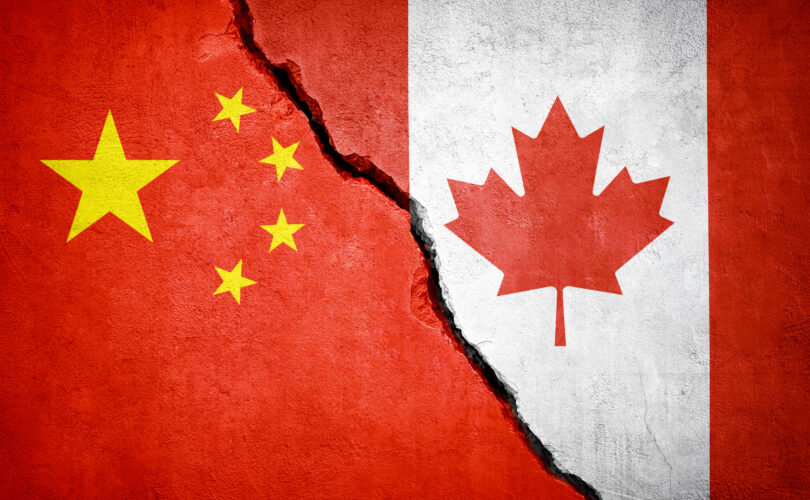
 International23 hours ago
International23 hours agoOttawa is still dodging the China interference threat
-

 Business21 hours ago
Business21 hours agoThere’s No Bias at CBC News, You Say? Well, OK…
-
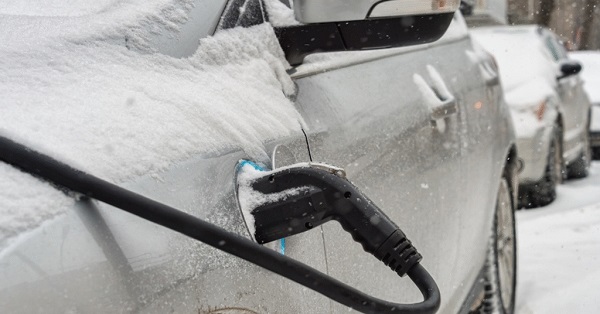
 Automotive20 hours ago
Automotive20 hours agoCanada’s EV gamble is starting to backfire
-
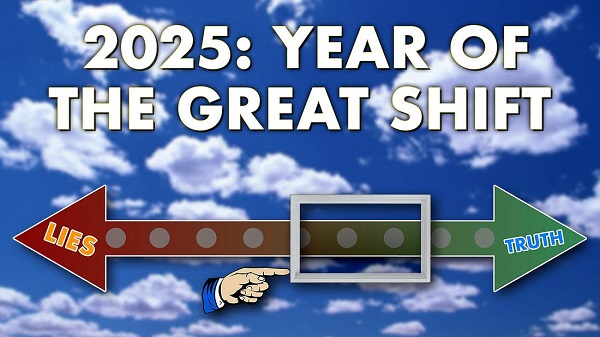
 International22 hours ago
International22 hours ago2025: The Year The Narrative Changed
-
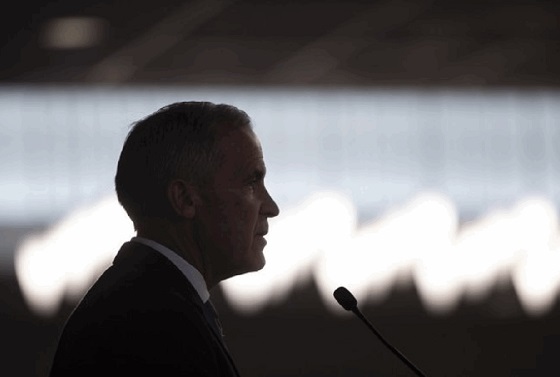
 Fraser Institute2 days ago
Fraser Institute2 days agoCarney government sowing seeds for corruption in Ottawa
-

 Daily Caller2 days ago
Daily Caller2 days agoWhile Western Nations Cling to Energy Transition, Pragmatic Nations Produce Energy and Wealth
-
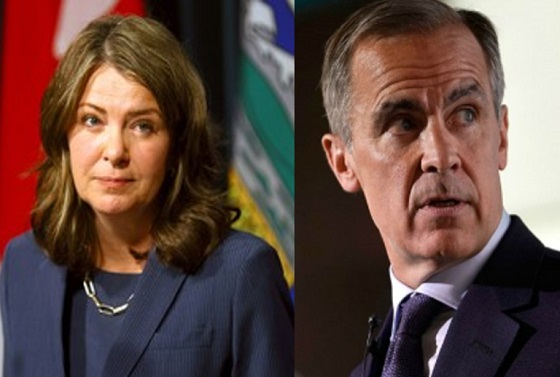
 Alberta2 days ago
Alberta2 days agoAlberta Next Panel calls for less Ottawa—and it could pay off
-
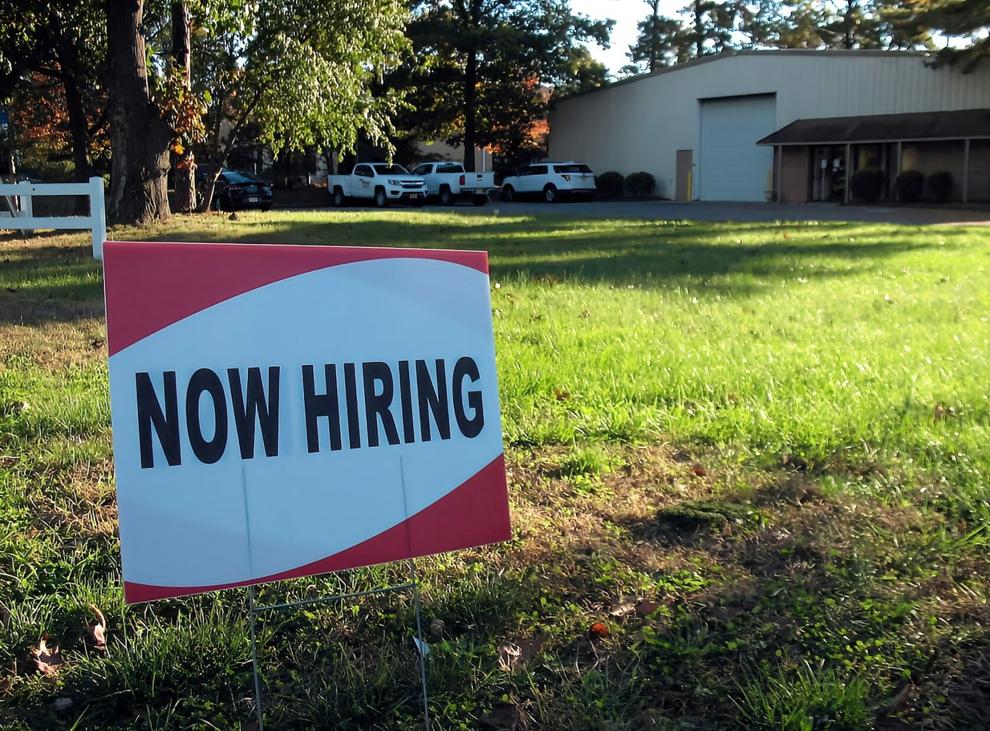
 Business1 day ago
Business1 day agoResidents in economically free states reap the rewards






